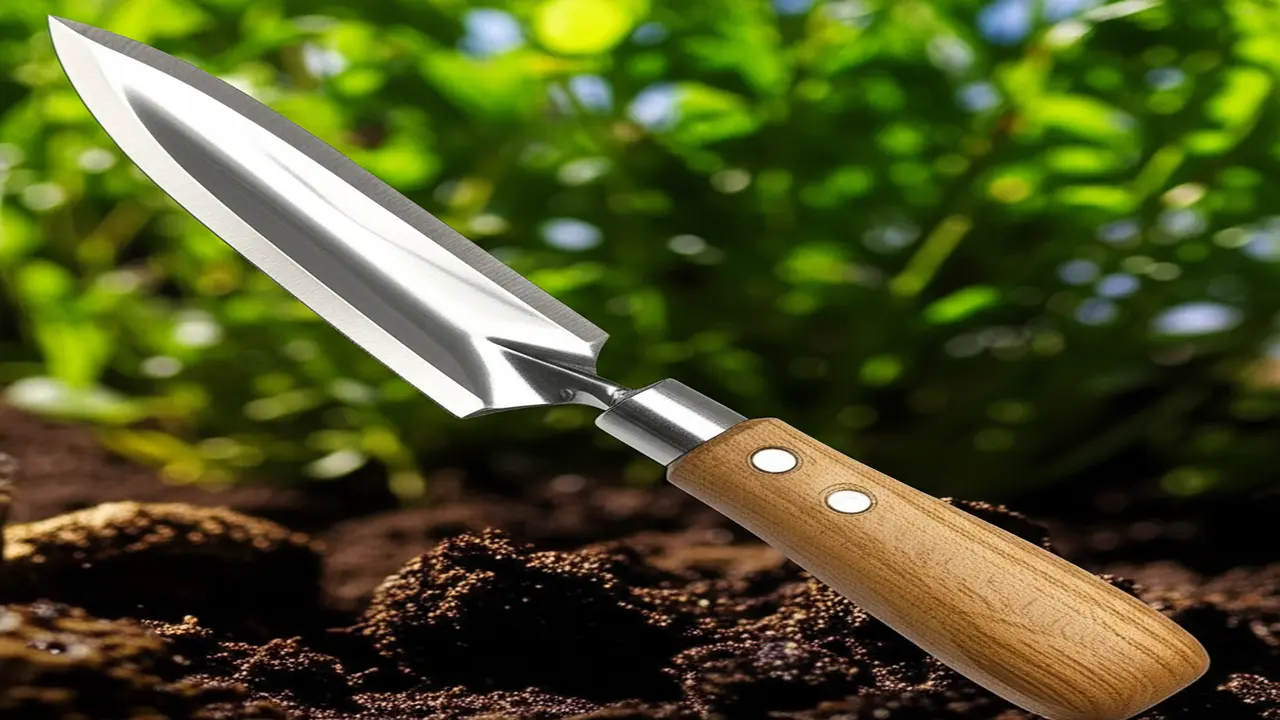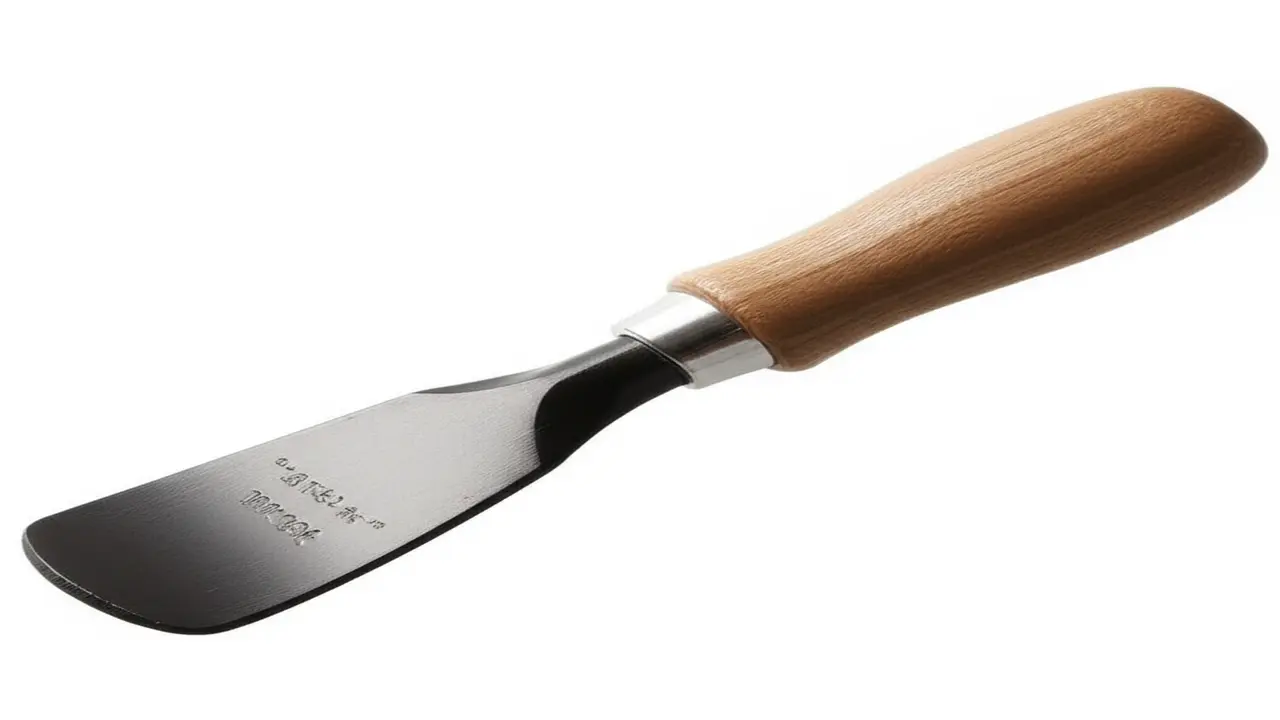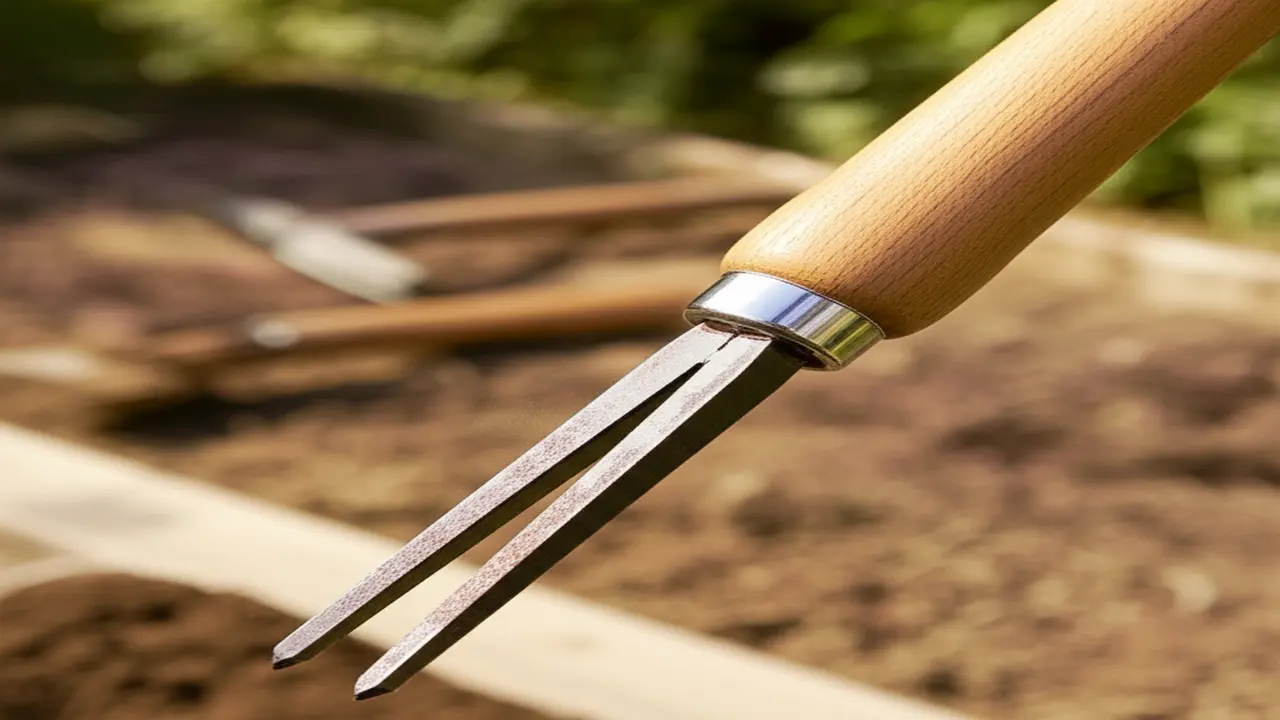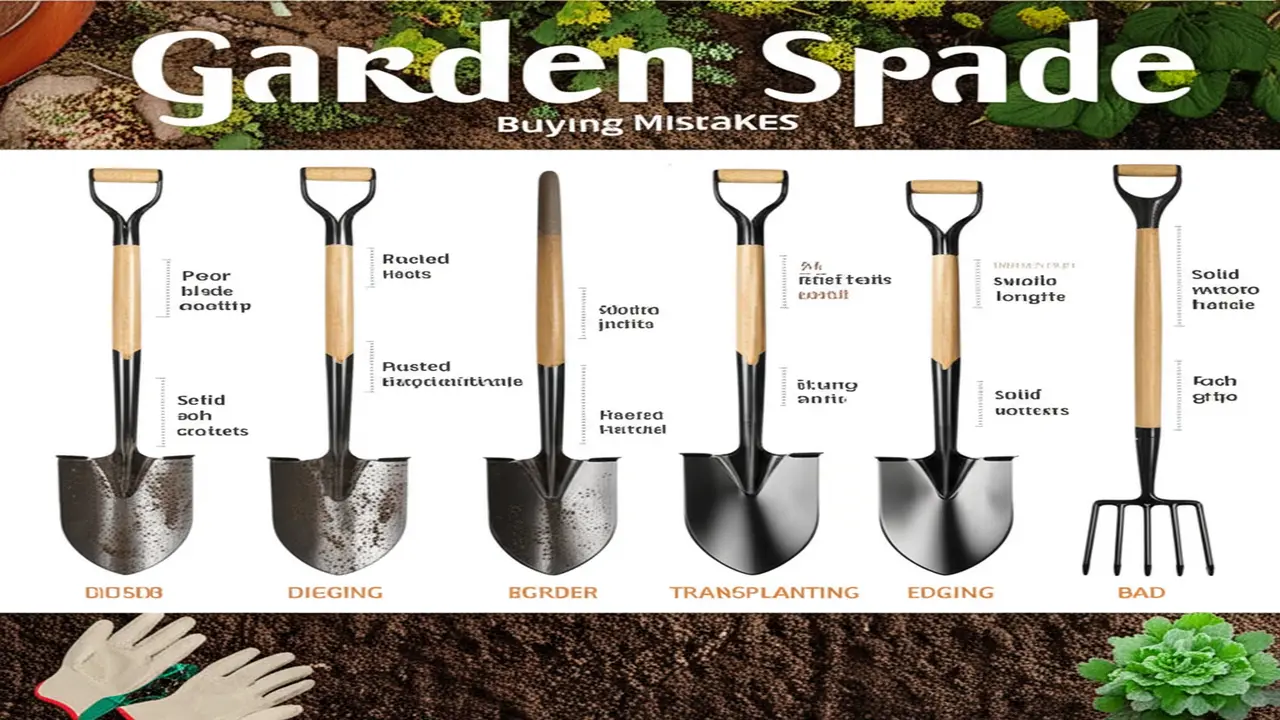Japanese Hand Cultivator: The Ultimate 2025 Guide for Garden Precision & Durability
Gardening, at its heart, is an art that demands precision and patience. For those who seek to elevate their cultivation skills, the tools used become an extension of the gardener’s own hands. Among these indispensable implements, the Japanese hand cultivator stands out as a paragon of design and craftsmanship, combining meticulous functionality with enduring resilience. This comprehensive guide for 2025 explores the types, materials, expert usage, and maintenance strategies that will help gardeners wield these tools with mastery and achieve exceptional results in their gardens.
I. What is a Japanese Hand Cultivator & Why Choose One?
A Japanese hand cultivator is more than a mere gardening tool; it is an embodiment of centuries-old Japanese blacksmithing tradition combined with contemporary design insights. Primarily designed for soil cultivation, digging, weeding, and planting in confined spaces, it acts as a seamless extension of a gardener’s hand, allowing precision and control that typical garden tools often lack.
The advantages these cultivators hold over standard tools are rooted in their superior material quality and ergonomic architecture. First, they offer unrivaled precision, enabling gardeners to perform detailed tasks such as delicate root aeration or transplanting with minimal disruption to surrounding plants. Durability and longevity stem from high-carbon and stainless steel blades masterfully forged, ensuring tools remain sharp and rust-resistant through years of use. Ergonomic considerations minimize fatigue by fitting naturally in the hand, permitting both amateurs and seasoned horticulturists to work longer comfortably. Additionally, their efficient and multi-functional design speeds up gardening activities, providing value beyond a single-use implement.
Philosophically, these tools embody the Wabi-Sabi aesthetic — finding beauty in simplicity and function. This ethos manifests in the straightforward yet effective design of each tool, marrying form and purpose harmoniously.
II. Types of Japanese Hand Cultivators: Beyond the Hori Hori
While the Hori Hori knife is often synonymous with Japanese hand cultivators, the spectrum of tool types is broader, catering to distinct gardening needs.

Hori Hori Knife (Soil Knife): This multi-purpose tool features a sharp, often serrated blade suitable for digging, slicing through roots, planting bulbs, and cutting through dense soil or weeds. Variations exist in blade edge style and handle construction, tailored for different gardening tasks.
Nejiri Gama (Weeding Sickle/Hoe): Characterized by its angled blade, the Nejiri Gama excels in precise weeding and cultivating around tender plants, allowing targeted soil disruption without damaging roots.
Kamagata Kama (Sickle/Harvesting Knife): With a distinct curved blade, this tool is perfect for swift harvesting of vegetables and precise weed cutting in confined areas.
Traditional Claw Cultivators and Hoes: These handheld tools include several prongs designed for aerating the soil, loosening compact earth, and mixing additives directly at the root zone.
Specialized Cultivators: These include variations such as D-handle weeders and root cutters, optimized for ergonomic grip and specific functions like root pruning or intensive soil aeration.
| Tool Type | Primary Uses | Advantages | Considerations |
|---|---|---|---|
| Hori Hori Knife | Digging, planting, cutting roots, weeding | Multi-purpose, sharp blade, sturdy | Requires sharpening, rough use may wear blade |
| Nejiri Gama | Weeding, cultivating | Precise, minimal root damage | Less versatile for digging |
| Kamagata Kama | Weeding, harvesting | Curved blade for cutting and harvesting | Limited soil penetration abilities |
| Claw Cultivator | Soil aeration, mixing | Good for loosening compacted soil | Not for cutting or precision tasks |
| Specialized Cultivators | Root cutting, weeding | Ergonomic, targeted task capability | Task-specific, limiting versatility |
III. Anatomy of Excellence: Key Features & Design Principles
The true essence of a Japanese hand cultivator lies in its construction. Blade materials typically include high-carbon steels like Aogami and Shirogami, which are prized for their sharpness and edge retention, though they require vigilant rust prevention due to susceptibility to corrosion. Stainless steel variants offer superior rust resistance and easier upkeep but may compromise slightly on edge longevity. Laminated blades combine layers of different steel types to balance durability with a keen edge. The forging process plays a pivotal role in blade strength and integrity, often involving repetitive heating and hammering to align the metal’s grain for optimal toughness.
Blade geometry is meticulously designed for balancing cutting efficiency and soil penetration. Sharpening angles are optimized to maintain a razor edge while resisting dulling from stones or roots.

The handle design also signifies quality. Commonly crafted from wood varieties such as oak, magnolia, or poplar, these handles offer a harmonious blend of durability and comfort. The tang construction—where the blade extends into the handle—ensures balance and prevents loosening over time. The ergonomic grip reduces hand fatigue during prolonged tasks, allowing precise dexterity.
Overall balance and weight distribution are crafted to minimize strain, enabling the gardener to maintain control without undue effort. Comparing authentic craftsmanship to mass-produced tools reveals that artisanal cultivators maintain superior fit, finish, and functional longevity.
IV. How to Choose the Best Japanese Hand Cultivator: A Buyer’s Guide
Selecting the right Japanese hand cultivator depends on several factors tailored to your gardening context. Firstly, identify the gardening tasks you most frequently perform—whether digging, weed removal, root cutting, or soil aeration—as this will direct you toward the ideal tool type.
Consider your soil conditions: sandy, loamy, clayey, or rocky soils impose different demands on blade materials and durability. For instance, clay soils require a robust, rust-resistant blade with strong edge retention.
Blade material selection between carbon and stainless steel hinges on maintenance willingness versus long-term sharpness requirements. Think about handle comfort and sizing based on hand size and grip preferences, as an ergonomic fit profoundly influences tool effectiveness and user comfort.
Your budget will affect quality options; however, investing in reputable brands like Niwaki, Tobisho, or Okatsune ensures quality and craftsmanship that serve gardeners for many seasons. Evaluating customer reviews and expert recommendations gives insight into real-world performance and longevity.
For a deeper understanding of ergonomic garden tools and durability features you might also explore related insights on ergonomic garden spades, offering parallels in comfort and tool design.
V. Top Recommended Japanese Hand Cultivators (By Category)
Choosing among top Japanese hand cultivators depends on specific needs and price considerations. Below are some standout picks for 2025, evaluated for performance and value.
Best Overall Multi-Purpose (Hori Hori): The classic Hori Hori knife, favored for its versatility in digging, cutting, and planting. A sharp, sturdy blade combined with an ergonomic handle suits most gardeners aiming for a single, robust tool.
Best for Precision Weeding (Nejiri Gama): An angled sickle that offers delicate but firm control, perfect for weed removal around tender plants without disturbing roots.
Best for Heavy-Duty Cultivating: Tools featuring laminated steel blades and reinforced handles designed to endure tough soil conditions, ideal for breaking ground and deep cultivating.
Best Budget-Friendly Option: Affordable Japanese hand cultivators with stainless steel blades and simple ergonomics, providing reliable performance for casual gardeners.
Best Premium Craftsmanship: High-end offerings from brands like Niwaki, showcasing hand-forged blades, premium wood handles, and exceptional balance, merged with the artistry of blacksmith masters.
| Category | Model / Brand | Highlights | Ideal For |
|---|---|---|---|
| Best Overall Multi-Purpose | Niwaki Hori Hori Knife | Sharp Aogami steel blade, ergonomic magnolia wood handle | General digging, planting, cutting |
| Best for Precision Weeding | Okatsune Nejiri Gama | Angled carbon steel blade, balanced grip | Weeding close to delicate plants |
| Best Heavy-Duty | Tobisho Laminated Cultivator | Forged laminated steel, robust oak handle | Hard soil and deep cultivation |
| Budget-Friendly | Generic Stainless Cultivator | Rust-resistant stainless steel, simple handle design | Casual gardening and maintenance |
| Premium Craftsmanship | Niwaki Master Series | Hand-forged blades, premium wood, expert balance | Collectors, professionals |
VI. Using & Maintaining Your Japanese Hand Cultivator
Proper use and maintenance are key to maximizing the value of your Japanese hand cultivator. Techniques vary with tool type but generally include precise digging, root aeration, planting bulbs, and selective weeding. Utilizing the sharp blade edge judiciously prevents unnecessary wear.

Maintenance focuses on cleaning after use, drying thoroughly, and applying a thin oil layer such as camellia oil, mineral oil, or specialized tool oils to prevent rust. For carbon steel blades, this step is crucial to preserve sharpness and prevent corrosion. Stainless steel variants require less intensive care but still benefit from routine cleaning.
Sharpen the blade periodically using whetstones or sharpening tools appropriate for the blade angle and steel type, ideally before working dullness reduces efficiency. Store your cultivator in a dry, ventilated place, preferably with protective sheaths to avoid accidental damage or injury.
For gardeners seeking detailed guidance on maintaining garden tools, useful related resources cover pruning shears maintenance, emphasizing the importance of sharpening and rust prevention.
VII. The Heritage of Japanese Toolmaking
Understanding the cultural roots of Japanese hand cultivators enriches appreciation for their craftsmanship. Japanese blacksmithing traditions date back centuries, with artisans honing skills in forging durable, functional blades that served samurai and farmers alike. These master blacksmiths blend meticulous hammering, heating, and differential tempering to produce tools that edge toward perfection.
Culturally, such tools are more than utilitarian objects; they embody respect for nature, the craft, and the user. Many manufacturers today uphold this heritage, combining age-old methods with modern technologies to deliver reliable gardening implements.
For further historical context, readers may explore the legacy of Japanese traditional blacksmithing from sources such as Japan Toolcraft History.
Conclusion
The Japanese hand cultivator offers a uniquely harmonious blend of precision, durability, and ergonomic design grounded in a rich tradition of skilled craftsmanship. Whether you are a home gardener seeking meticulous control or a professional maintain gardening tools that last, investing in a quality Japanese hand cultivator is a decision that pays dividends in every planting season.
By selecting the right tool type and maintaining it with care, you gain an indispensable assistant in your gardening endeavors, fostering healthier plants and more satisfying workmanship.
Frequently Asked Questions (FAQ)
- Is the higher cost of Japanese hand cultivators worth it?
- Yes. The investment translates into tools with superior durability, sharper blades, better ergonomics, and longevity that outperforms cheaper options, reducing overall replacement needs.
- How does a Japanese hand cultivator differ from a standard garden trowel?
- Japanese cultivators typically feature sharper, multi-purpose blades and ergonomic handles designed for precision, while garden trowels mostly focus on scooping soil and planting.
- How often should I sharpen the blade?
- Sharpen when you notice reduced cutting efficiency or visible dullness, typically every few months for regular users. Proper cleaning and oiling extend sharpening intervals.
- Can I use a Japanese hand cultivator on clay soil?
- Yes. For heavy clay, select cultivators with strong, reinforced blades like laminated steel blades, and maintain sharp edges to ease soil penetration.
- Where can I buy authentic Japanese hand cultivators?
- Reliable sources include established brands such as Niwaki and Okatsune, available through authorized dealers, specialty gardening stores, or trusted online vendors like Niwaki Tools.
- What types of oil are best for maintenance?
- Camellia oil and mineral oil are traditional favorites for protecting carbon steel blades, while synthetic tool oils can also be effective in rust prevention and lubrication.

